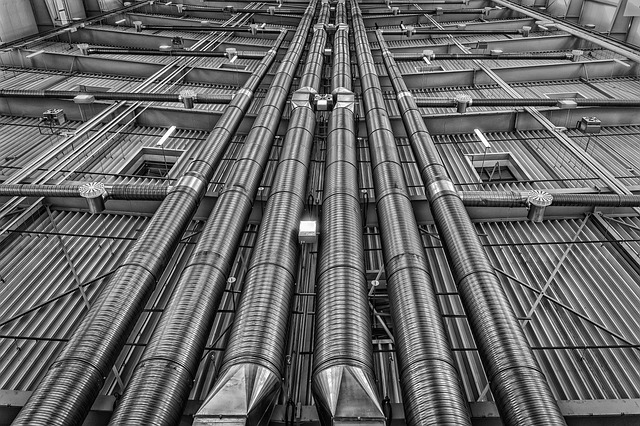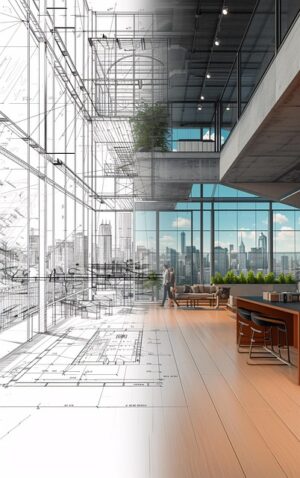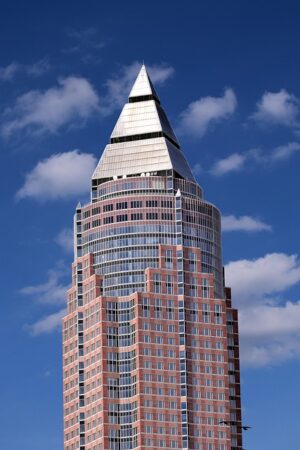Commercial air curtains optimize climate control, enhance HVAC efficiency, and reduce operational costs in lobbies, retail stores, warehouses, and industrial spaces. Their energy-saving technology maintains temperature balance, creates tranquil ambiance, and minimizes noise levels while promoting sustainability. Strategically implemented, these entrance air barriers dramatically improve temperature regulation and cut energy consumption.
In today’s quest for comfortable and energy-efficient lobbies, commercial air curtains are revolutionizing climate control. These innovative solutions quietly maintain temperature balance, enhancing visitor experiences while reducing energy costs. This article delves into the multifaceted benefits of quiet operation, design efficiency, and implementation strategies, exploring how commercial air curtains contribute to peaceful, sustainable, and aesthetically pleasing spaces. Understanding their role in climate control is key to unlocking the full potential of these game-changing technologies.
- Understanding Commercial Air Curtains: Their Role in Climate Control
- Benefits of Quiet Operation: Creating Peaceful Lobby Spaces
- Design and Efficiency: Key Factors for Temperature Balance
- Implementation Strategies: Integrating Air Curtains for Optimal Results
Understanding Commercial Air Curtains: Their Role in Climate Control

Commercial air curtains play a pivotal role in maintaining optimal climate control within buildings, especially at points of entry like lobby areas. These innovative solutions act as entrance air barriers, effectively preventing external air from penetrating indoor spaces while allowing for natural air circulation. By creating a powerful yet subtle air curtain, they serve as door air curtains that keep heated or cooled air inside, enhancing HVAC efficiency.
In commercial settings, where large numbers of people pass through entrances regularly, these air curtains are crucial for climate separation. They not only regulate temperature but also minimize the impact of external weather conditions, ensuring a comfortable indoor environment. The energy-saving technology behind them is designed to optimize airflow, reduce heat loss or gain, and lower operational costs, making them a smart choice for retail door systems, warehouse entrances, and even industrial air barriers.
Benefits of Quiet Operation: Creating Peaceful Lobby Spaces

In today’s world, where creating comfortable and inviting spaces is paramount for businesses, quiet commercial air curtains are emerging as a game-changer in lobby design. These innovative entrance air barriers offer more than just climate separation; they contribute to a peaceful ambiance, enhancing customer experience. By eliminating loud motors and humming sounds typically associated with traditional door air curtains, these curtains provide an serene environment, making them ideal for retail stores, warehouses, and commercial entrances.
The benefits extend beyond the aesthetic. Heated air curtains, armed with energy-saving technology, help maintain HVAC efficiency by preventing cold or hot air from escaping through gaps around doors. This not only reduces energy costs but also ensures consistent temperature control throughout the lobby, creating a comfortable microclimate. For industrial air barriers and retail door systems alike, quiet operation adds to overall operational smoothness, fostering a productive and welcoming atmosphere for both employees and visitors.
Design and Efficiency: Key Factors for Temperature Balance

The design and efficiency of commercial air curtains play a pivotal role in maintaining optimal temperature balance within lobby areas. These innovative entrance air barriers act as door air curtains, creating a climate separation that prevents cold or hot air from escaping while allowing fresh air to enter. By employing energy-saving technology, these systems strike a delicate balance, ensuring comfortable indoor temperatures without compromising HVAC efficiency.
Whether for retail door systems, warehouse entrances, or commercial entrances, the right design considerations are key. Heated air curtains and industrial air barriers, for instance, can be tailored to meet specific needs, enhancing temperature control and reducing energy costs. This strategic approach not only contributes to a more sustainable built environment but also creates a welcoming ambiance for customers and employees alike, fostering a productive atmosphere in diverse settings.
Implementation Strategies: Integrating Air Curtains for Optimal Results

Implementing commercial air curtains at strategic locations within a lobby can dramatically enhance temperature balance and HVAC efficiency. These innovative entrance air barriers act as door air curtains, creating an effective climate separation between the indoor space and exterior environments. By using heated air curtains in commercial entrances like warehouse fronts or retail door systems, businesses can reduce energy consumption significantly. The implementation strategy involves identifying areas where traditional HVAC systems struggle to maintain consistent temperatures, such as high-traffic zones or large open spaces.
Placing industrial air barriers at these critical points ensures a stable indoor climate, even during fluctuating external weather conditions. Energy saving technology is seamlessly integrated into the design of commercial air curtains, making them more than just functional; they become aesthetically pleasing additions to any lobby while contributing to long-term cost savings and improved HVAC performance.
Commercial air curtains have proven to be efficient climate control solutions, offering a quiet and peaceful environment while maintaining lobby temperature balance. By understanding their role in climate control, recognizing the benefits of quiet operation, and implementing strategic design and efficiency measures, businesses can create inviting and comfortable spaces for their visitors. Integrating these innovative solutions can significantly enhance customer experiences, making them a valuable investment for any commercial space.






